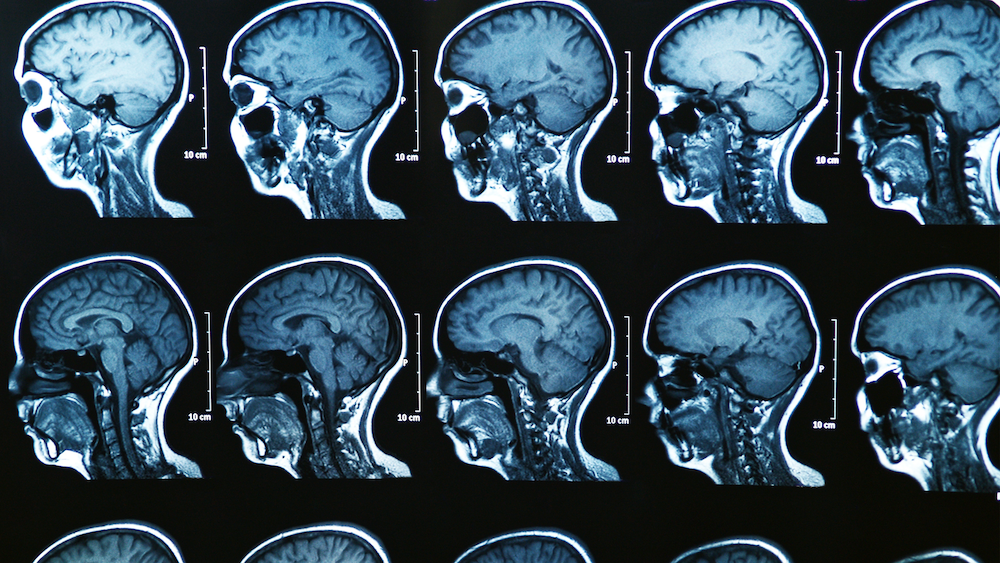The Psychology of Brand Design
How to Use Design to Connect with Your Audience
Design is everywhere in our daily lives, from the layout of our homes and workplaces to the websites we browse and the apps we use on our phones. But have you ever stopped to think about why certain designs are more appealing or effective than others? That's where the field of psychology comes in.
Around 94% of people say their first impressions of a company are design-related. By understanding the way our brains process information and make decisions, designers can create products and experiences that are not only visually pleasing, but also intuitive, efficient, and enjoyable to use.
Design isn't just about making things look pretty; it's also about creating experiences that are functional, easy to use, and memorable. By taking into account how people interact with products and services, designers can craft experiences that meet users' needs and exceed their expectations.
Branding principles and best practices inform everything from the choice of colors and fonts to the tone of voice used in a product or website. A strong brand can help build trust and loyalty, while a poorly executed brand can turn people off.
Design is a powerful tool to connect with your audiences and communicate your brand values. In this post, we'll look into the psychology of design, exploring concepts such as color theory and user experience to see how they can be applied to create designs that truly resonate with audiences.
Color
Color is one of the most important design elements, and it can be used to evoke emotions and create associations. Different colors can have different psychological effects on people.
When designing your marketing materials, consider the emotions you want to evoke in your audience and choose colors that align with those emotions. For example, red is associated with passion, energy, and excitement, while blue is associated with calmness, trust, and reliability.
Here’s some examples of what certain colors represent.
Typography
Typography is another design element that can communicate a brand's values and personality. The font you choose can convey professionalism, playfulness, elegance, or any other characteristic you want to associate with your brand.
The way you arrange text on a page can influence how it is perceived. For example, larger fonts and bold text can draw attention to important information. For a minimalistic vibe, you could instead use all lowercase letters.
Watts Change Agency’s logo uses the font, Blackpast, in capital letters. The bold colors make this font and logo stand out.
Images and graphics
Images are an important aspect of design because they can help to tell a story in a way that words can’t. People are visual creatures, and we tend to process images more quickly than text.
When selecting images for your marketing materials, consider the emotions you want to evoke and choose images that align with those emotions. Additionally, consider the composition of the image, such as the framing, lighting, and color scheme.
Custom photos are a great way to stand out and show your audience how authentic your brand is. Hire a photographer to take custom and authentic photos of your brand. You can use these images on your website, in social media posts, and even in your marketing materials. I used RN Freeman Photographer for all of my website’s photography.
Here’s a candid shot of me working that Rachael Freeman (RN Freeman Photography) took for my own brand photo shoot.
Layout
The layout of a design can impact how easy it is to read and understand. A cluttered layout can be overwhelming and cause people to disengage, while a well-organized layout can make information easy to digest.
Additionally, the placement of design elements can impact how they are perceived. For example, important information should be placed in a prominent location, such as the top of a webpage or the center of a brochure.
Consistency
Consistency is key in design, as it helps to create a cohesive brand identity. Consistent use of colors, fonts, and imagery helps to build recognition and trust with your audience.
Research from Lucidpress on brand consistency found that consistent presentation of a brand has been seen to increase revenue by 33 percent. Sticking to your brand guidelines pays off.
Additionally, consistency in design can make it easier for people to navigate your marketing materials and understand the information presented.
By consistently presenting your brand with the same colors, fonts, images, and graphics, you build brand credibility and trust.
The psychology of design is a powerful way to connect with your audience and communicate your brand values. By using color, typography, images, layout, and consistency, you can create marketing materials that are visually appealing and effective in communicating your message.
When designing your materials, always keep your audience in mind and consider the emotions and associations you want to create. With the right design elements, you can make a lasting impression on your audience and build a strong brand identity.
Need help planning a new brand or redesigning your current branding? We’ve put together this brand planning workbook to guide you through the process.
Want to team up with us for your next design project? Get in touch with us today!






